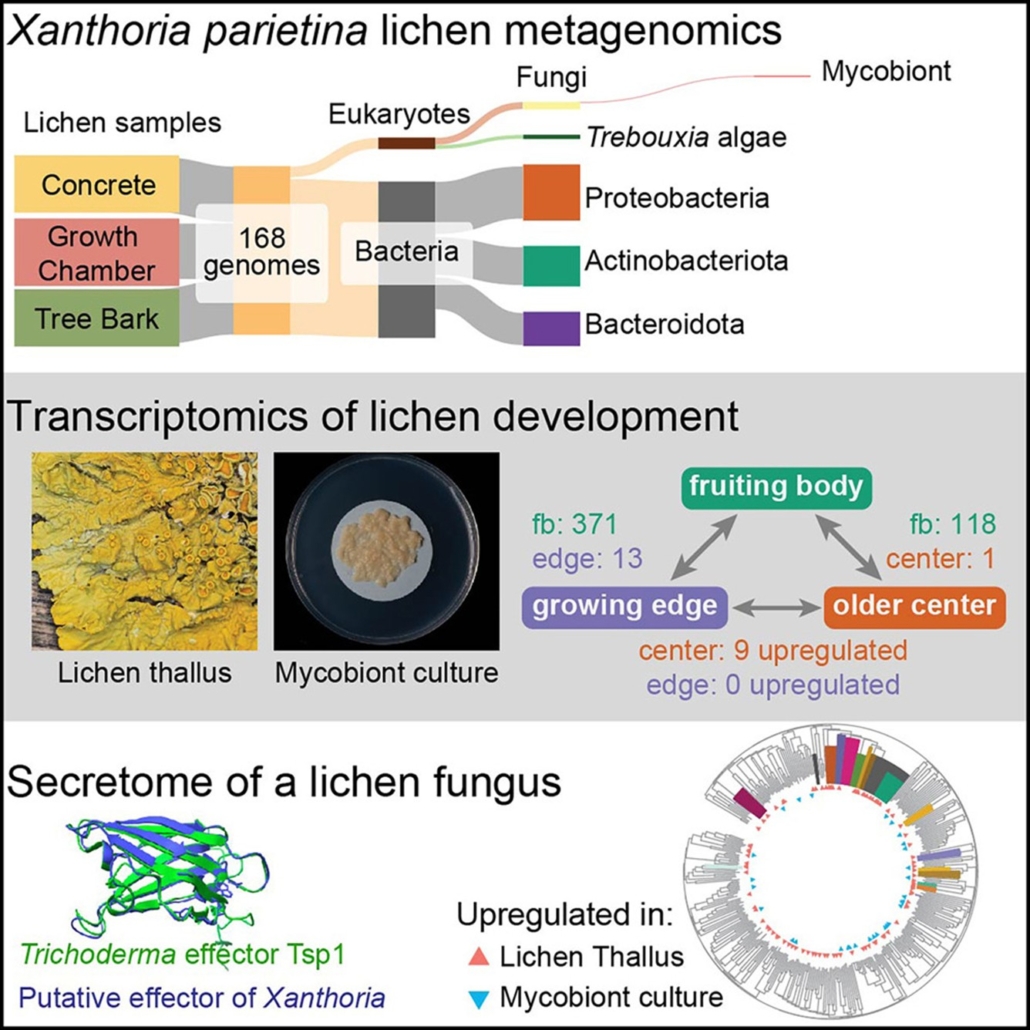
Symbiotic secrets: A multi-omics exploration of the lichen Xanthoria parietina
Plant Science Research WeeklyLichens are complex symbiotic organisms formed by algae or cyanobacteria living within the filaments of multiple fungal species. This unique partnership, which is both stable and self-replicating across generations, represents one of the most successful lifestyle strategies in the biological world. Lichens…
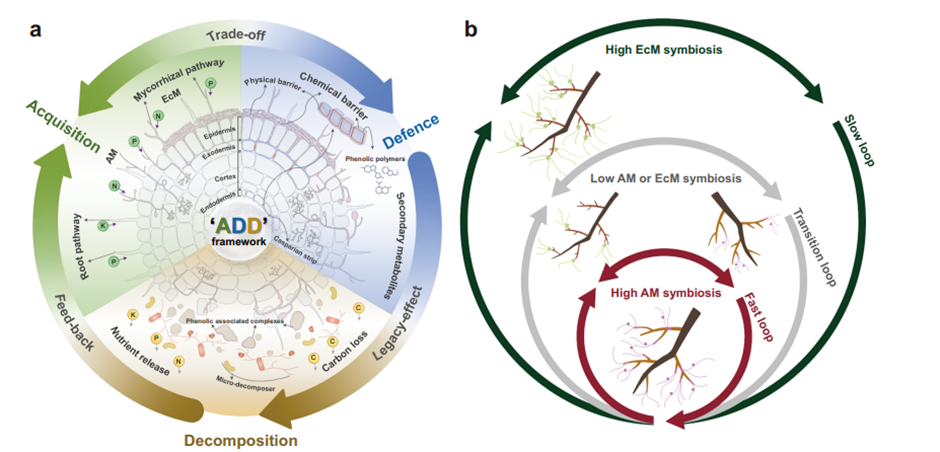
Unveiling root trait syndromes in trees: Evolutionary insights into mycorrhizal partnerships
Plant Science Research WeeklyPlants, particularly long-lived trees, need to balance nutrient acquisition, herbivore and pathogen defence, and ultimately organic matter decomposition. The intricate relationship between these processes is crucial for the survival and growth of trees over their extended lifespans. Zheng et al. investigated…
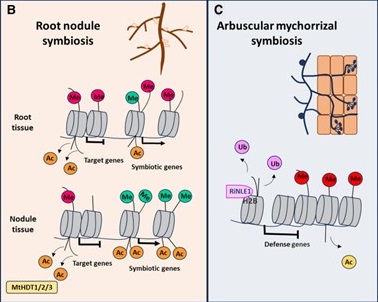
Review: Root development and symbiosis: an epigenetic perspective
Plant Science Research WeeklyRoots do not grow in isolation but occupy a space inhabited by a variety of organisms. With certain fungi and bacteria, they form partnerships or symbiotic relationships that increase the plant’s nutrient uptake and assimilation. While the knowledge on the genetic programs required to establish these…
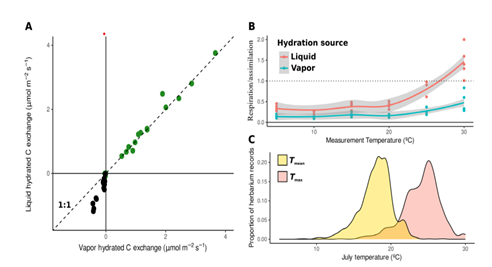
Hydration source determines carbon asymmetry and physiological activities in lichen-forming symbionts
Plant Science Research WeeklyMetabolic activities in symbionts are often described as physiologically synchronized, but sometimes, as in the case of coral bleaching, this synchrony can break down. This breakdown was observed in lichen by Meyer et al. when they examined the physiologies of Evernia mesomorpha fungal and algal components…
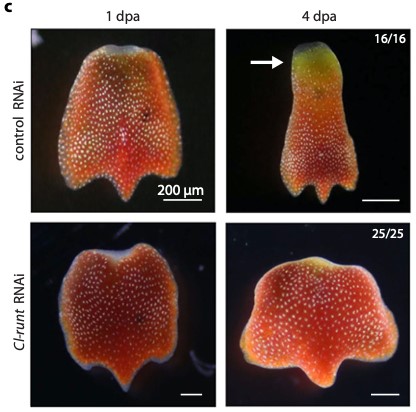
Coordinated wound responses in a regenerative animal-algal holobiont
Plant Science Research WeeklyMany animals such as corals and sea slugs host photosynthetic symbionts. Several studies have investigated how the host and symbiont coordinate their activities. This new study by Sarfati et al. explores how symbiotic green algae and their animal host, the flattened-worm Convolutriloba longifissura,…
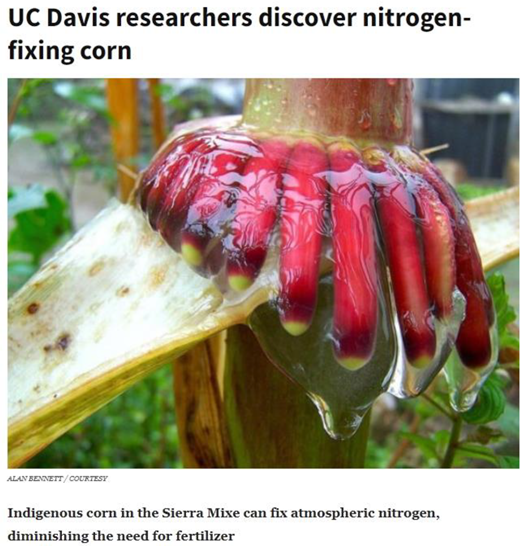
The Nagoya Protocol and nitrogen-fixing maize: Close encounters between Indigenous Oaxacans and the men from Mars (Inc.)
Plant Science Research WeeklyMost readers recognize the photograph of the amazing nitrogen-fixing maize, with its red, slimy aerial roots that nurture nitrogen-fixing bacteria. But I suspect few of us have thought about how this landrace came to the attention of the mainstream media, who owns the rights to it, and how it would be…
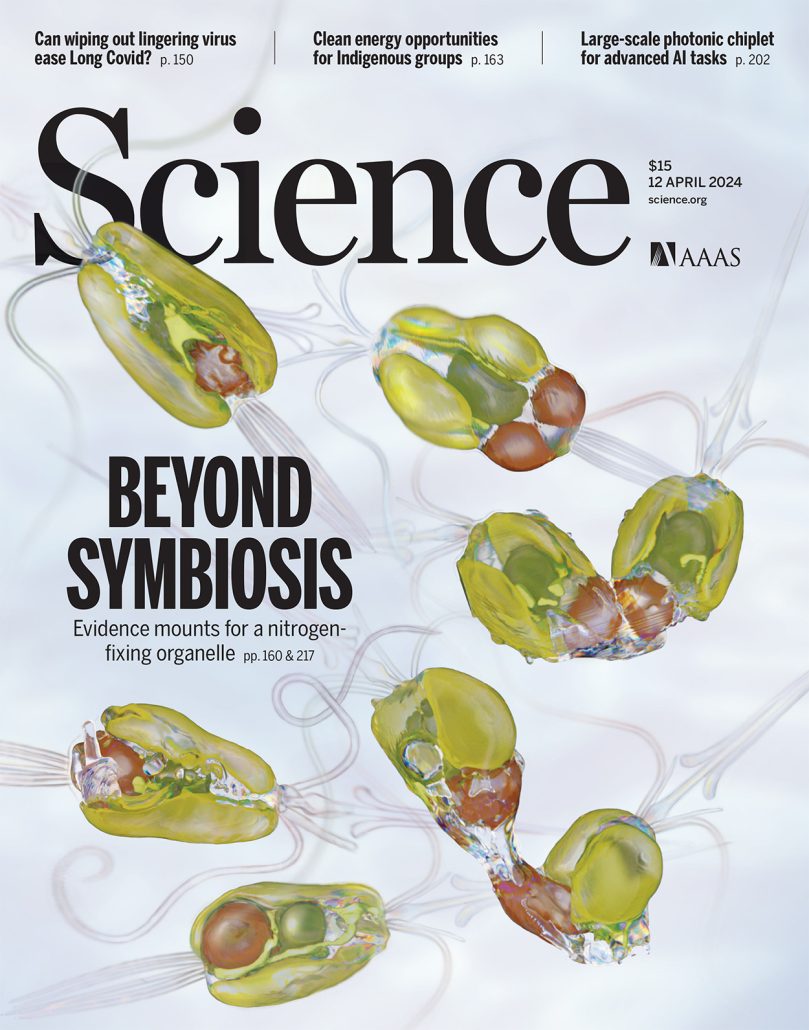
A nitrogen-fixing algal organelle
Plant Science Research Weekly
Coale et al. provide an exciting peek into the evolution of a nitrogen-fixing organelle (called a nitroplast) in their studies of a tiny marine alga, Braarudosphaera bigelowii and its endosymbiont cyanobacterium, Candidatus Atelocyanobacterium thalassa (UCYN-A). Plant biologists are familiar with…
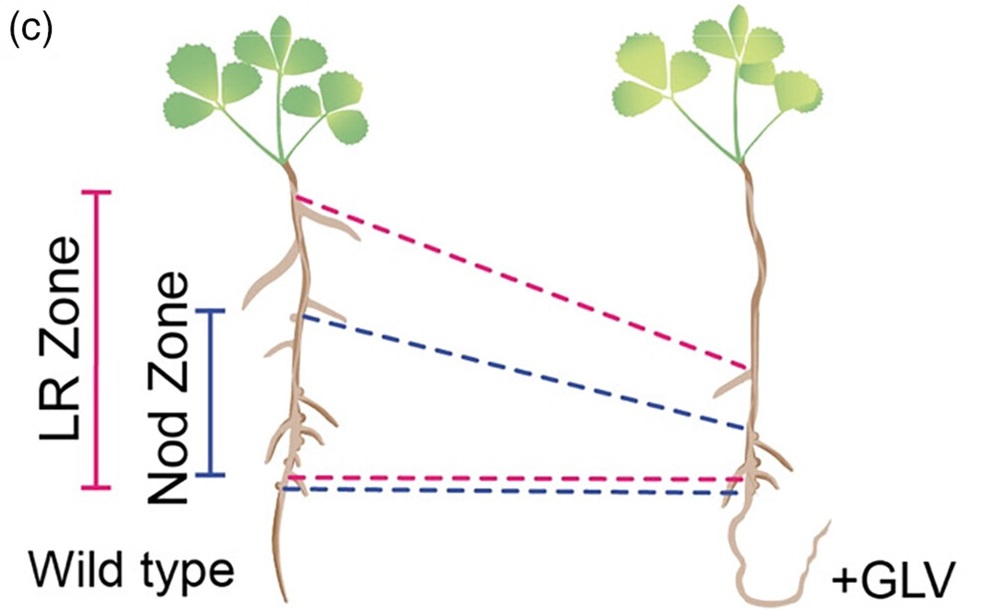
Peptide GOLVEN10 alters root development and noduletaxis
Plant Science Research WeeklyFor many years, biologists argued about whether plants have peptide hormones like animals have, and ever since it was first shown that plant peptides do have hormone-like functions, I’ve said a little cheer as new functions are discovered (Yay plants!). A few years ago, Sonali Roy and colleagues wrote…
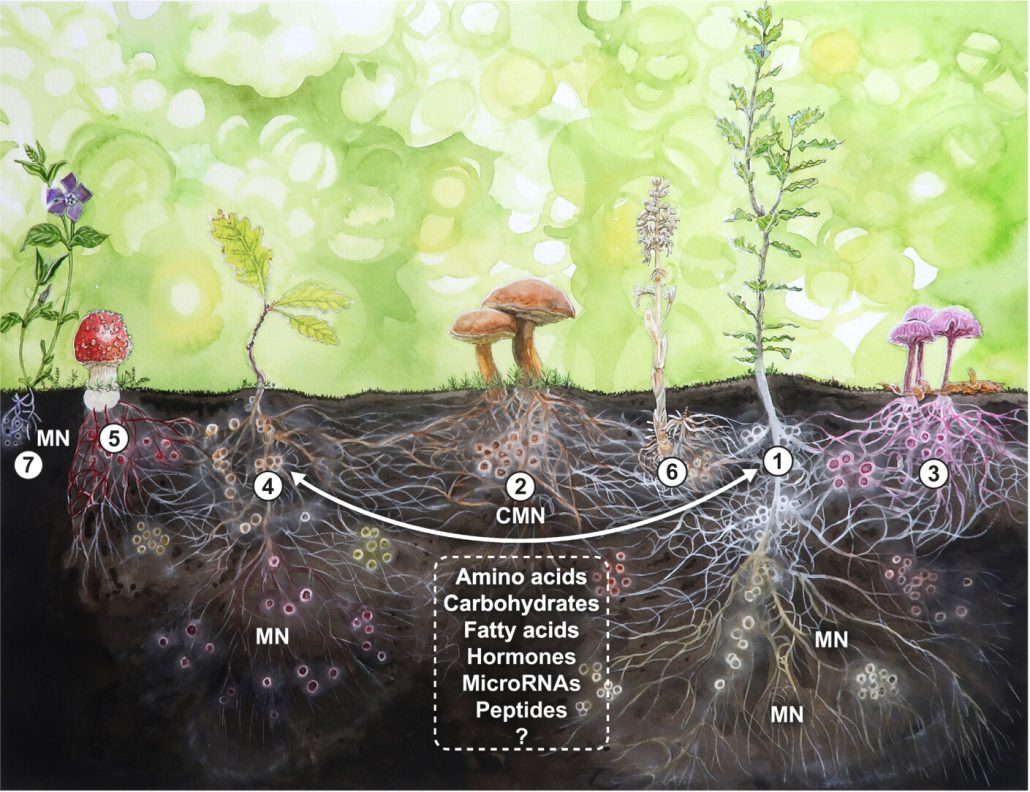
Review. Mycorrhizal symbiosis: Genomics, ecology, and agricultural application
Plant Science Research WeeklyThis outstanding Tansley review by Martin and van der Heijden spans the scale of research on mycorrhizal symbiosis from molecules to ecosystems, and spans time from the earliest encroachment of plants and fungi onto land to the future applications of our understanding. This very comprehensive review…

